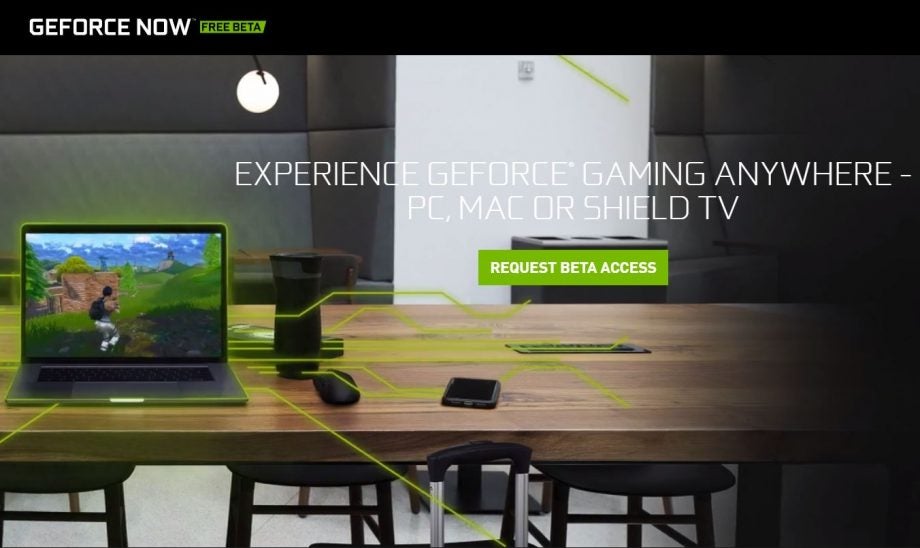The PS5, Xbox 2 and Google Stadia have a key rival no one’s talking about: Opinion

E3 2019 is done and dusted and wow was it exciting. Not only did we finally get a chance to check out Google Stadia, we also got to see Microsoft unveil its spiffy new Xbox, codenamed Project Scarlett.
With Sony having unveiled its competing PS5 before the show, this means the stage is now well and truly set for the next generation war of the consoles in 2020.
But, while it’s undeniable the PS5 and Xbox 2 (Project Scarlett) will have more competition thanks to the arrival of Google’s Stadia cloud streaming service, for me there’s one key rival everyone’s forgotten about: Nvidia.
It’s no secret, Nvidia is a titan in the world of gaming hardware thanks to its ongoing dominance of the GPU market – current RTX sales blip notwithstanding. But it’s also one of the pioneers of cloud streaming, with its long standing GeForce Now service.
Related: PS5 vs Xbox 2
GeForce Now is actually one of the longest standing game streaming services around. It originally launched all the way back in 2013 as a beta service for the company’s Shield line of devices. It later got a full release in 2015 on the original Nvidia Shield TV. It’s since slowly grown, with Nvidia developing its service to be more stable and let gamers stream titles in 1080p across Shield, Windows and Mac OS devices.
Sound familiar? It should. The pitch is very similar to what Google’s offering on Stadia. The only difference is that Stadia will work on some *cough* Pixel phones and will be capable of streaming in 4K, not just 1080p, when it launches in November. That does give Google a competitive edge for now.
But from what I’ve seen Nvidia could have a few key plans to take on Google Stadia. At MWC in Barcelona this February I got to see first hand the company running GeForce Now over a demo 5G network. Specifically, I saw the it streaming Shadow of the Tomb Raider in 1080p at 60fps over 5G using Nvidia’s data centre in Paris.
When I asked about a wider upgrade to 4K and a potential launch on mobile, the coy smile and “we’ve not got anything to announce at the moment” I got from the spokespeople makes me think both could, at the very least, be a possibility.
If that happens you can take pretty much every argument I made about Stadia being a key release that could make the PS5 and Xbox 2 redundant and apply it to GeForce Now.
Related: Best games console
Cliffs notes on the perks of streaming: being able to game on the go and not having to invest in expensive upfront hardware, like a console or gaming PC.
The real question then will be which streaming platform is better value and has the best portfolio of games. On the latter, Google’s had a lot of success getting big name games on Stadia, but here again Nvidia could have an edge – with GeForce Now already having over 400 titles in its library.
The only potential downside could be pricing. Nvidia’s platform is still very expensive and requires you own the games you’re playing, which feels a little less revolutionary than the pay-as-you-play model debuted on Stadia’s Pro package. The Stadia Pro package that is set to debut in November lets you get access to the entire library for a monthly fee of $9.99.
But even with this potential stumbling block, I can’t help but think GeForce Now could be a surprise rival to the new gaming platform and consoles. Here’s hoping, that at the least, more competition can only be a good thing for consumers.


